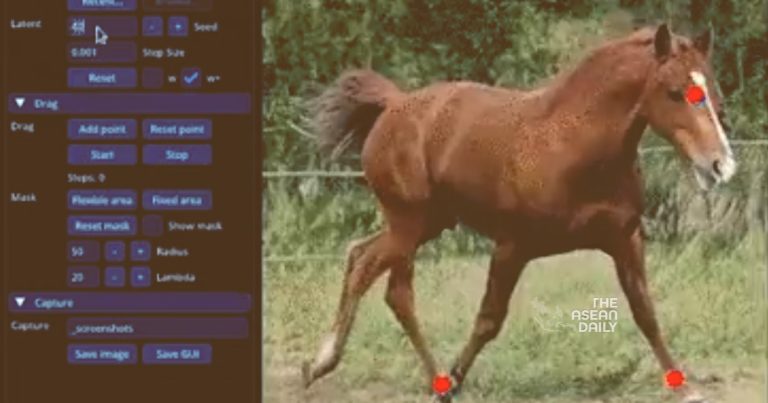20-5-2023 A groundbreaking research paper has introduced an AI image manipulation tool that surpasses the capabilities of Photoshop’s Warp tool. Unlike traditional methods of smudging pixels, this new system utilizes artificial intelligence to re-generate the underlying object, allowing users to effortlessly modify various elements within an image by simply dragging them.
Although this may not sound groundbreaking at first, the examples showcased by the research team demonstrate the remarkable capabilities of this system. With a click and drag, users can change the dimensions of a car, transform a smile into a frown, or even rotate the subject of a picture as if it were a three-dimensional model. In one impressive demo, the user adjusts the reflections on a lake and manipulates the height of a mountain range with just a few clicks.
These compelling videos, found on the research team’s homepage, have attracted significant attention on social media, particularly thanks to the efforts of Twitter user @_akhaliq, who has been highlighting noteworthy AI papers. The high volume of traffic caused the research team’s website to crash. For those interested, the research paper can also be accessed on arXiv.
Drag Your GAN: Interactive Point-based Manipulation on the Generative Image Manifold
paper page: https://t.co/Gjcm1smqfl pic.twitter.com/XHQIiMdYOA
— AK (@_akhaliq) May 19, 2023
According to the researchers, the true innovation lies not only in the image manipulation itself, but in the user interface. While AI image generators have been capable of producing realistic images for some time, they often lack the flexibility and precision required. Users may ask an AI generator to create an image of a lion in the savannah, but it may not depict the exact pose desired.
The newly developed model, named DragGAN, addresses this limitation by providing a user interface that closely resembles traditional image-warping techniques. However, instead of simply manipulating existing pixels, the model generates the subject from scratch. As the researchers explain, this approach enables the model to generate occluded content, such as the teeth inside a lion’s mouth, and accurately deform objects based on their rigidity, like the bending of a horse’s leg.
While this technology is still in the demo stage and its full potential is yet to be evaluated, it represents another significant step towards making image manipulation more accessible and user-friendly. As the field of AI continues to advance, the possibilities for image editing and creative expression are expanding in unprecedented ways.




